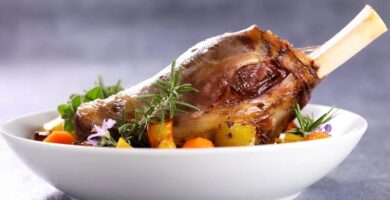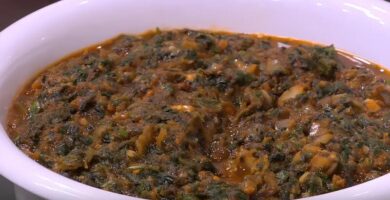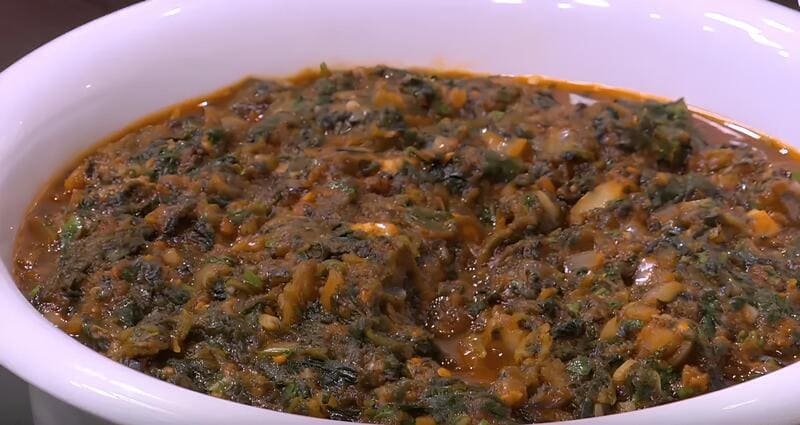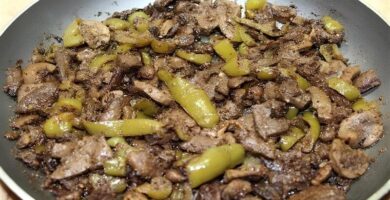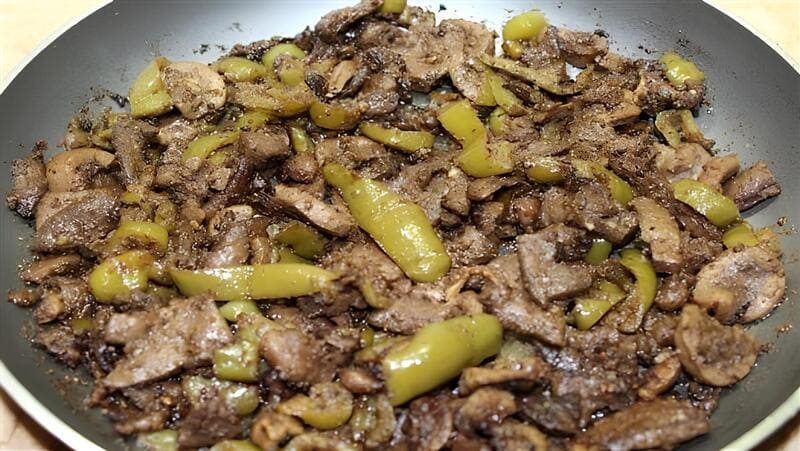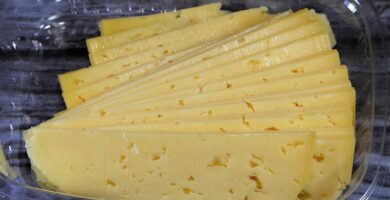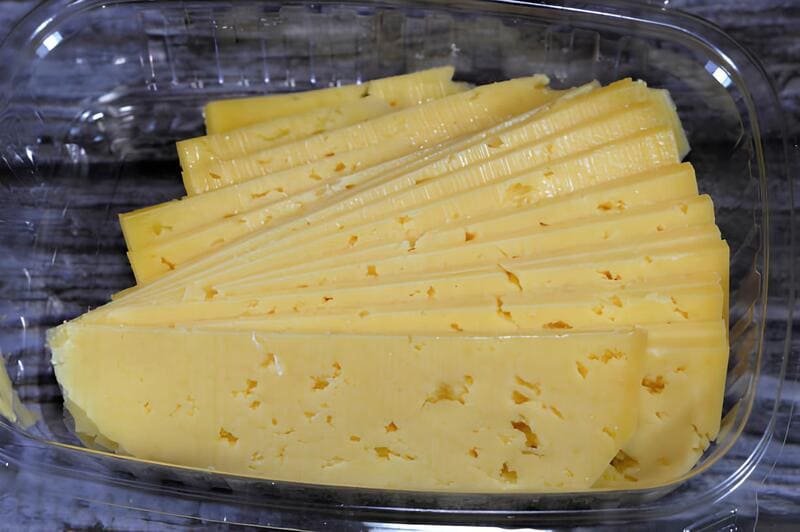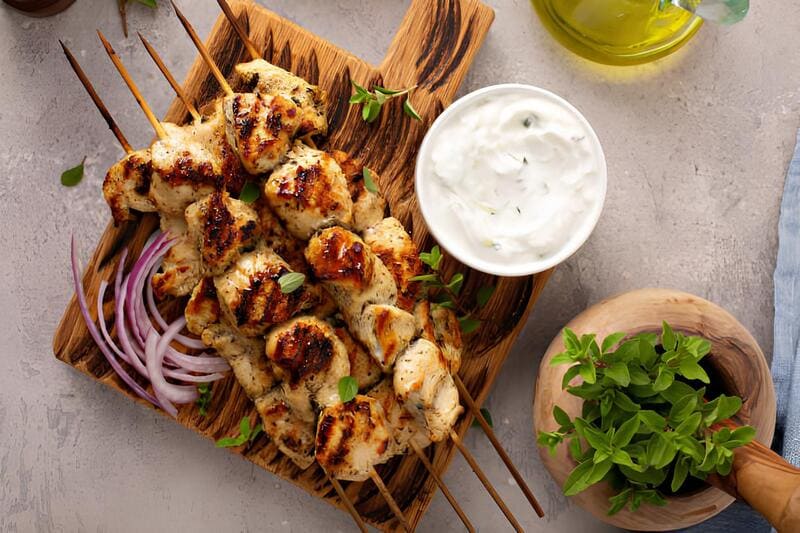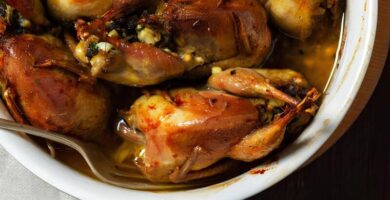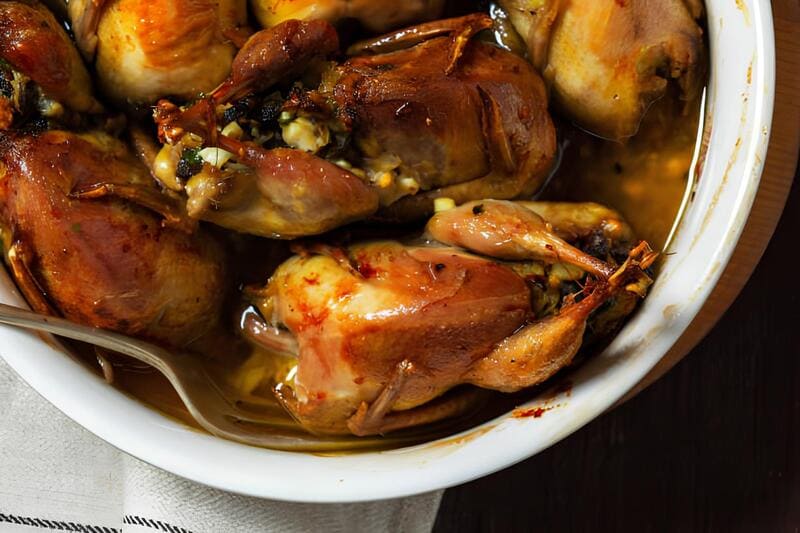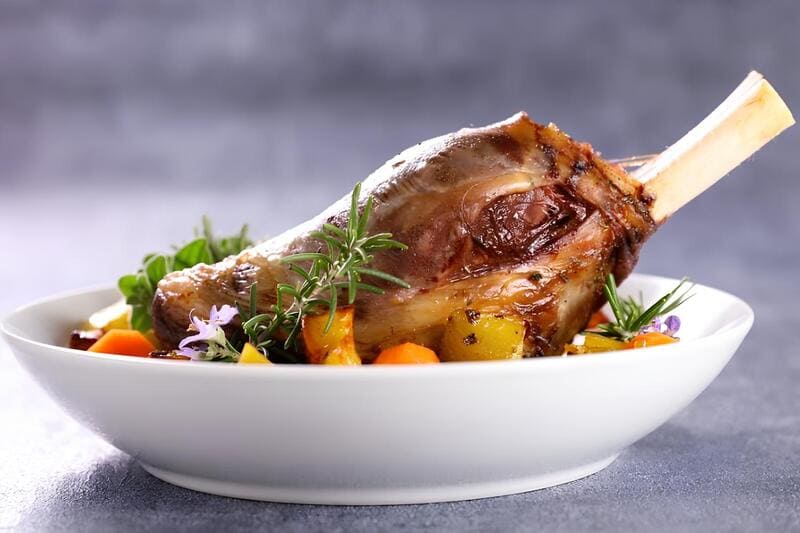
Egyptian cuisine is renowned for its rich flavors and aromatic spices, and one of the standout dishes is Oven Roasted Egyptian Lamb Shank. This dish, cherished for its tender meat and infused with Middle Eastern spices, brings a delightful array of aromas and tastes that’s perfect for family gatherings and special occasions. Whether you know it as ‘fann rīb’ or simply lamb shank, it promises a culinary experience that connects deeply with Egyptian traditions.
Often prepared as a centerpiece during feasts, this lamb shank recipe is simple and easy, requiring a blend of accessible ingredients. The slow roasting allows the spices to deeply penetrate the meat, while the vegetables add body and sweetness to the dish. Aromatic seasonings such as cinnamon, cumin, and coriander harmonize beautifully, creating a savory, flavorful roast that’s best enjoyed with loved ones.
Ingredients
- 3 kg leg of lamb
- 2 large carrots, chopped
- 2 bell peppers (any color), chopped
- 2 large onions, chopped
- 2 large tomatoes, chopped
- 3 cloves garlic, peeled
- 2 tablespoons ghee
- 2-3 bay leaves
- 4 cardamom pods
- 1 cinnamon stick
- 1 teaspoon black pepper
- 1 teaspoon cumin
- 1 teaspoon coriander
- 1 teaspoon salt
- 1 teaspoon paprika
- 1 cup hot water
Preparation
- Preheat your oven to 180°C (350°F).
- Heat ghee in a large oven-proof tray or pot until very hot.
- Place the lamb shanks in the tray and sear on all sides until browned. This helps lock in the juices.
- Add the chopped carrots, bell peppers, onions, and tomatoes to the tray.
- Add the peeled garlic cloves and continue to cook until the vegetables start to soften.
- Sprinkle bay leaves, cardamom pods, cinnamon stick, black pepper, cumin, coriander, salt, and paprika over the lamb and vegetables.
- Stir the vegetables gently to coat them with the spices.
- Add 1 cup of hot water to the tray, ensuring it helps create a steaming environment.
- Cover the tray tightly with aluminum foil or a lid.
- Place in the preheated oven and roast for 1 hour.
- After 1 hour, remove the foil and continue roasting for an additional 15 minutes to let the lamb develop a crispy exterior.
- Check that the meat is tender and easily comes off the bone before serving.
Did you know?
Lamb shank, or fann rīb in Egyptian cuisine, is an esteemed cut of meat used in many traditional dishes. The ‘shank’ refers to the lower part of the leg and is particularly delicious when slow-cooked, as it allows the robust flavors of the lamb and accompanying spices to merge. Rich in collagen, the lamb shank becomes extraordinarily tender and juicy through slow roasting, making it ideal for stews and roasts.
Moreover, ghee plays a significant role in Middle Eastern and Egyptian cooking. Its high smoke point and rich, nutty flavor enhance the dish, ensuring that the lamb achieves a dark caramelization that’s pivotal in authentic recipes. This results in a dish with a depth of flavor and aroma that resonates well beyond the bounds of the kitchen.
Lastly, the use of staple spices such as cinnamon, cardamom, and coriander not only brings a warm, earthy richness but also carries historical significance, reflecting Egypt’s historic spice trade routes and lasting influence on global cuisine. Embrace this Oven Roasted Egyptian Lamb Shank to experience both the tradition and exceptional taste of Egyptian culinary artistry.
